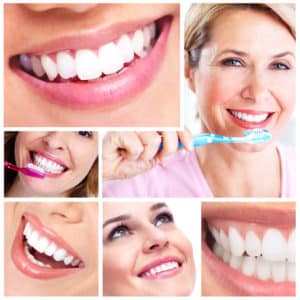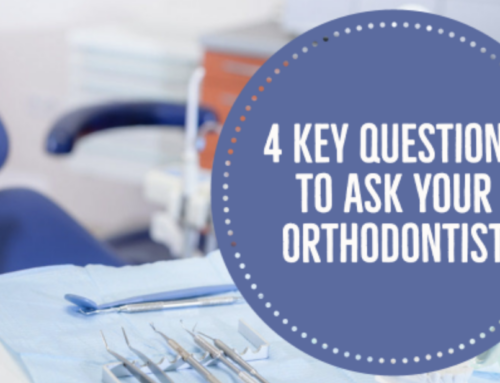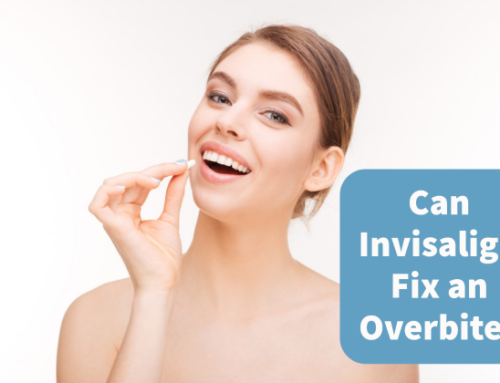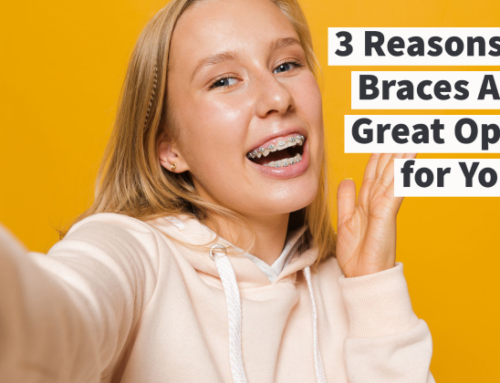 Not everyone is born with a perfect smile. Some people have crowded, misaligned, or crooked teeth. But the good news is that this doesn’t have to be permanent.
Not everyone is born with a perfect smile. Some people have crowded, misaligned, or crooked teeth. But the good news is that this doesn’t have to be permanent.
Orthodontists all over the world use braces and Invisalign to correct misaligned teeth. Straight, aligned teeth are more important than you might realize. Such teeth are easy to clean, making you less susceptible to cavities, plaque, and gum disease. Moreover, having straight teeth can make you feel more confident in your personal and professional relationships. You might even be held back by a crooked smile. If you have misaligned teeth, here are four types of braces you can use to straighten them.
1. Metal Brackets
These are the oldest types of braces. Although they have evolved significantly over the years. Metal braces are assembled using metal brackets and wires. These brackets are fastened onto your teeth and connected using a wire. Over time, the brackets and wire apply pressure on your teeth, forcing them to move into their proper positions slowly.
Metal braces are the least expensive braces in the market. However, with recent developments in technology, they’re now being designed to be less invasive. Some models even come with colored brackets. These braces apply more pressure on your teeth than Invisalign and other braces would, which makes them effective in straightening your teeth.
2. Invisalign Braces
Invisalign aligners are made from special transparent plastic, making them seem “invisible”. Because of how inconspicuous they are, they are quite popular among self-conscious teens and adults who don’t want to make it too apparent that they’re undergoing orthodontic care.
Invisalign is the most comfortable way to straighten misaligned teeth. When you visit an orthodontic specialist, they will take a 3D scan of your mouth and create an Invisalign aligner that fits snugly in your mouth. This helps avoid the undue pressure that other braces are bound to exert on your teeth. Since they are made from plastic unlike traditional metal braces, you’re going to avoid scrapes and cuts on the inside of your cheeks. You only have to wear these aligners for 20 to 22 hours. This gives you a two-hour window to eat, brush, and floss your teeth.
3. Lingual Braces
Lingual braces are incredibly similar to metal braces. One marked difference though is that the brackets and wires are fastened to the inside of your teeth. This makes them less conspicuous than traditional ones.
However, it’s quite challenging to keep them clean and they may be a bit more expensive than other types of braces. You may also find them slightly uncomfortable and invasive, especially right after they’ve been put in. Lingual braces may take a longer time to straighten your teeth, but they get the job done very effectively.
4. Ceramic Braces
Like Invisalign, they are designed to blend with the natural color of your teeth. And like metal braces, they utilize brackets and wires. However, they use ceramic brackets instead of metallic ones. These brackets tend to be transparent and inconspicuous.
These types of braces are more brittle and larger than traditional ones. This makes them quite susceptible to breakage; thus you should reconsider getting them if you play rough sports. If you’re thinking about getting braces for your child, ceramic braces may not be the best idea. They may not be responsible enough to maintain them.
Seeking Out an Orthodontist to Straighten Your Teeth
If you’ve decided to use Invisalign or braces to align your teeth, the next step is looking for the right orthodontist for you. It may be worthwhile to consider someone that’s closest to your home or office. This way, you won’t have to spend too much time commuting to their office for check-ups and appointments. Shop around for recommendations. This will ensure you’re sure of the kind of service you can expect. Better oral health and beautiful smiles start with making the first appointment. For more information, contact Nowlin Orthodontics and get your free orthodontic consultation.



